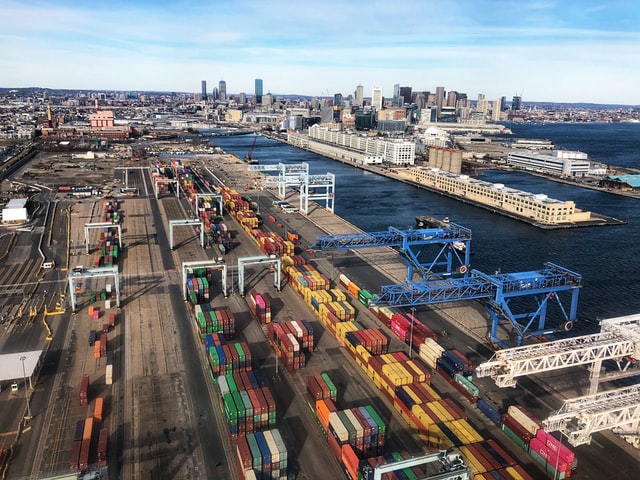- Container shipping alliances responded to the pandemic-led lockdowns with curtailed services or blanked port calls, disturbing container demand and availability balance at ports
- Shippers contend that the recent consolidation in the shipping industry has given unwarranted power to the big three shipping alliances
- Container shipping lines pass on the cost of delay to shippers by adding a congestion surcharge, while ports and hauliers pass on the cost in the form of higher demurrage charges and storage cost
Among the supply chain players, shippers are bearing most of the cost burden of the current congestion seen in major ports as they risk the loss of business due to delayed delivery, according to Drewry.
Port congestion occurs when ships arrive at the port but cannot load or unload because of the already full port capacity. Ships can either queue up and wait for their turn or call in at the nearby port.
Drewry in a new analysis cited multiple reasons for the port congestions:
- Tight capacity management and increased blank sailings by carriers
Across the supply chain, container shipping alliances were the fastest to respond to the pandemic-led lockdowns that disrupted global trade. They curtailed services on certain routes or canceled (blanked) port calls. This has disturbed the container demand and availability equilibrium at ports, Drewry said.
- Unexpected increase in demand
The sudden spike in container volumes to meet the higher demand as economies reopened after lockdowns, pre-holiday season demand uptick, and importers front-loading orders to hedge against any supply chain disruption from a second wave of infections have led to congestion, mainly in the US-Los Angeles and Long Beach terminals.
“Ports are generally characterized by fixed capacity which cannot be changed/modified to meet the short-term requirements,” the shipping and logistics consultancy said.
- Cost management tactics by ports to combat COVID -19 impact
Container ports deployed cost management strategies to avert a COVID-19-led decline in revenue. However, these strategies have resulted in unwarranted consequences once the operating environment improved.
“In Felixstowe (UK), the decision to let go the contract workers to lower the cost has left the port underprepared for a steep recovery in volumes that started in 3Q20 and has resulted in the current congestion at the port,” noted Drewry.
- Ripple effect of congestions at nearby ports
The heavy congestion at Felixstowe has not only overburdened other ports in the UK (Southampton) but also ports of northern Europe (Rotterdam and Zeebrugge) as carriers opt to unload containers at nearby ports.
- Increased health measures against COVID-19 infections
Several ports in China are facing congestion as the country mandated COVID-19 checks to stop the spread of the infection.
Drewry said that on who is to blame for the congestion, each industry segment has its own justification.
Shipping companies claim that rerouting/cancelling port calls due to quarantine measures at various ports has primarily led to increased time to complete the round trip.
On the other hand, ports claim that with easing of lockdown measures, volumes have picked up suddenly and they are doing their best to deal with the situation. While some ports have opted to increase their workforce, others have introduced overtime to cope.
Additionally, the capacity of inland transport and warehousing providers in each market is broadly fixed, and therefore, cannot be easily ramped up to meet short-term fluctuations in demand.
Meanwhile, shippers contend that the recent consolidation in the shipping industry has given unwarranted power to the big three shipping alliances, which dominate 85% of the market share.
“[The alliances’] respective capacity management efforts have led to the recent spike in container freight rates, which has stirred the regulators in many countries to closely watch the situation,” said Drewry.
“Recently, the US Federal Maritime Commission (FMC) has intensified monitoring of shipping alliances, requiring them to provide carrier-specific trade data monthly rather than quarterly. This comes in conjunction with the regulators in South Korea and China, which are already keeping an eagle eye on the situation.”
In the end, shippers are bearing most of the cost burden of port congestions, as the maritime industry plays a central role in global trade.
“Container shipping lines pass on the cost of delay to shippers by adding a congestion surcharge to freight rates, while ports and hauliers pass on the cost in the form of higher demurrage charges and storage cost,” said Drewry.
Moreover, “for inefficiencies caused by disruption (such as COVID-19), shippers have to bear the indirect cost as well, such as loss of business due to late delivery and increased stock holding led by longer/less reliable service leads.”





